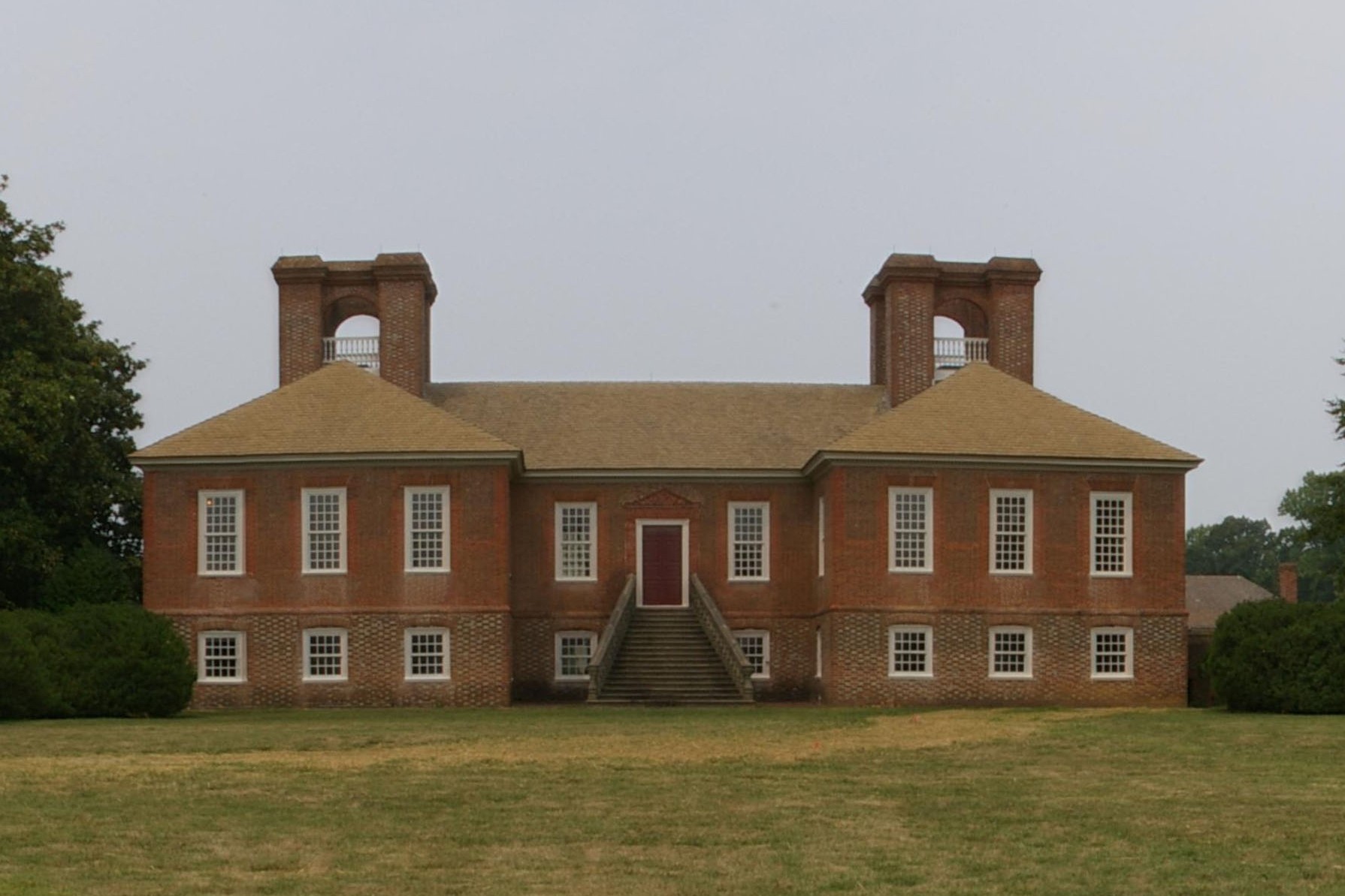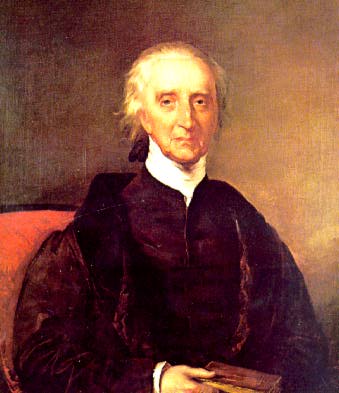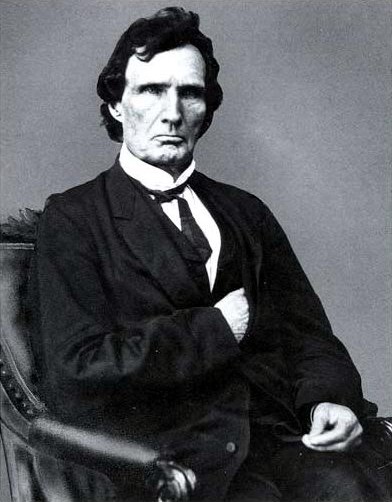|
Memphis Riots Of 1866
The Memphis massacre of 1866 was a rebellion with a series of violent events that occurred from May 1 to 3, 1866, in Memphis, Tennessee. The racial violence was ignited by political and social racism following the American Civil War, in the early stages of Reconstruction.Zuczek, Richard (ed.). 2006. ''Encyclopedia of the Reconstruction Era:'' Memphis Riot (1866). After a shooting altercation between white policemen and black veterans recently mustered out of the Union Army, mobs of white residents and policemen rampaged through black neighborhoods and the houses of freedmen, attacking and killing black soldiers and civilians and committing many acts of robbery and arson. Federal troops were sent to quell the violence and peace was restored on the third day. A subsequent report by a joint Congressional Committee detailed the carnage, with blacks suffering most of the injuries and deaths by far: 46 black and 2 white people were killed, 75 black people injured, over 100 black pe ... [...More Info...] [...Related Items...] OR: [Wikipedia] [Google] [Baidu] |
Reconstruction Era
The Reconstruction era was a period in History of the United States, US history that followed the American Civil War (1861-65) and was dominated by the legal, social, and political challenges of the Abolitionism in the United States, abolition of slavery and reintegration of the former Confederate States of America, Confederate States into the United States. Reconstruction Amendments, Three amendments were added to the United States Constitution to grant citizenship and equal civil rights to the Freedmen, newly freed slaves. To circumvent these, former Confederate states imposed poll taxes and literacy tests and engaged in terrorism in the United States, terrorism to intimidate and control African Americans and discourage or prevent them from voting. Throughout the war, the Union was confronted with the issue of how to administer captured areas and handle slaves escaping to Union lines. The United States Army played a vital role in establishing a Labour economics, free lab ... [...More Info...] [...Related Items...] OR: [Wikipedia] [Google] [Baidu] |
Reconstruction Era (United States)
The Reconstruction era was a period in US history that followed the American Civil War (1861-65) and was dominated by the legal, social, and political challenges of the abolition of slavery and reintegration of the former Confederate States into the United States. Three amendments were added to the United States Constitution to grant citizenship and equal civil rights to the newly freed slaves. To circumvent these, former Confederate states imposed poll taxes and literacy tests and engaged in terrorism to intimidate and control African Americans and discourage or prevent them from voting. Throughout the war, the Union was confronted with the issue of how to administer captured areas and handle slaves escaping to Union lines. The United States Army played a vital role in establishing a free labor economy in the South, protecting freedmen's rights, and creating educational and religious institutions. Despite its reluctance to interfere with slavery, Congress passed the ... [...More Info...] [...Related Items...] OR: [Wikipedia] [Google] [Baidu] |
Contraband (American Civil War)
"Contraband" was a term commonly used in the US military during the American Civil War to describe a new status for certain people who escaped slavery or those who affiliated with Union forces. In August 1861, the Union Army and the US Congress determined that the US would no longer return people who escaped slavery who went to Union lines, but they would be classified as "contraband of war," or captured enemy property. They used many as laborers to support Union efforts and soon began to pay wages. This policy also became known as Fort Monroe Doctrine. These self-emancipated freedmen set up camps near Union forces, often with army assistance and supervision. The army helped to support and educate both adults and children among the refugees. Thousands of men from these camps enlisted in the United States Colored Troops when recruitment started in 1863. One particular contraband camp, which had 6,000 "runaway negroes", was in Natchez, Mississippi, and was visited by General ... [...More Info...] [...Related Items...] OR: [Wikipedia] [Google] [Baidu] |
Emancipation Proclamation
The Emancipation Proclamation, officially Proclamation 95, was a presidential proclamation and executive order issued by United States President Abraham Lincoln on January 1, 1863, during the American Civil War. The Proclamation had the effect of changing the legal status of more than 3.5 million Slavery in the United States, enslaved African Americans in the secessionist Confederate States of America, Confederate states from enslaved to free. As soon as slaves escaped the control of their enslavers, either by fleeing to Union (American Civil War), Union lines or through the advance of federal troops, they were permanently free. In addition, the Proclamation allowed for former slaves to "be received into the armed service of the United States". The Emancipation Proclamation played a significant part in the end of slavery in the United States. On September 22, 1862, Lincoln issued the preliminary Emancipation Proclamation. Its third paragraph begins: On January 1, 1863, Li ... [...More Info...] [...Related Items...] OR: [Wikipedia] [Google] [Baidu] |
Cotton Production In The United States
The United States exports more cotton than any other country, though it ranks third in total production, behind China and India. Almost all of the cotton fiber growth and production occurs in the Southern United States and the Western United States, dominated by Texas, California, Arizona, Mississippi, Arkansas, and Louisiana. More than 99 percent of the cotton grown in the US is of the Upland variety, with the rest being American Pima. Cotton production is a $21 billion-per-year industry in the United States, employing over 125,000 people in total, as against growth of forty billion pounds a year from 77 million acres of land covering more than eighty countries. The final estimate of U.S. cotton production in 2012 was 17.31 million bales, with the corresponding figures for China and India being 35 million and 26.5 million bales, respectively. Cotton supports the global textile mills market and the global apparel manufacturing market that produces garments for wide use, whi ... [...More Info...] [...Related Items...] OR: [Wikipedia] [Google] [Baidu] |
Plantation Complexes In The Southern United States
Plantation complexes were common on agricultural plantations in the Southern United States from the 17th into the 20th century. The complex included everything from the main residence down to the Pen (enclosure), pens for livestock. Until the abolition of Slavery in the United States, slavery, such plantations were generally self-sufficient settlements that relied on the forced labor of enslaved people. Plantations are an important aspect of the history of the Southern United States, particularly before the American Civil War. The mild temperate climate, plentiful rainfall, and fertile soils of the Southeastern United States allowed the flourishing of large plantations, where large numbers of enslaved Africans were held captive and forced to produce crops to create wealth for a white elite. Today, as was also true in the past, there is a wide range of opinion as to what differentiated a plantation from a farm. Typically, the focus of a farm was subsistence agriculture. In cont ... [...More Info...] [...Related Items...] OR: [Wikipedia] [Google] [Baidu] |
Irish Americans
Irish Americans () are Irish ethnics who live within in the United States, whether immigrants from Ireland or Americans with full or partial Irish ancestry. Irish immigration to the United States From the 17th century to the mid-19th century Some of the first Irish people to travel to the New World did so as members of the Spanish garrison in Florida during the 1560s. Small numbers of Irish colonists were involved in efforts to establish colonies in the Amazon region, in Newfoundland, and in Virginia between 1604 and the 1630s. According to historian Donald Akenson, there were "few if any" Irish forcibly transported to the Americas during this period. Irish immigration to the Americas was the result of a series of complex causes. The Tudor conquest and subsequent colonization by English and Scots people during the 16th and 17th centuries had led to widespread social upheaval in Ireland. Many Irish people tried to seek a better life elsewhere. At the time Eur ... [...More Info...] [...Related Items...] OR: [Wikipedia] [Google] [Baidu] |
Working Class
The working class is a subset of employees who are compensated with wage or salary-based contracts, whose exact membership varies from definition to definition. Members of the working class rely primarily upon earnings from wage labour. Most common definitions of "working class" in use in the United States limit its membership to workers who hold blue-collar and pink-collar jobs, or whose income is insufficiently high to place them in the middle class, or both. However, socialists define "working class" to include all workers who fall into the category of requiring income from wage labour to subsist; thus, this definition can include almost all of the working population of industrialized economies. Definitions As with many terms describing social class, ''working class'' is defined and used in different ways. One definition used by many socialists is that the working class includes all those who have nothing to sell but their labour, a group otherwise referred to as the p ... [...More Info...] [...Related Items...] OR: [Wikipedia] [Google] [Baidu] |
Reconstruction Act
The Reconstruction Acts, or the Military Reconstruction Acts, sometimes referred to collectively as the Reconstruction Act of 1867, were four landmark U.S. federal statutes enacted by the 39th and 40th United States Congresses over the vetoes of President Andrew Johnson from March 2, 1867 to March 11, 1868, establishing martial law in the Southern United States and the requirements for the readmission of those states which had declared secession at the start of the American Civil War. The requirements of the Reconstruction Acts were considerably more stringent than the requirements imposed by Presidents Abraham Lincoln and Andrew Johnson between 1863 and 1867 and marked the end of that period of "presidential" reconstruction and the beginning of "congressional" or "radical" reconstruction. The Acts did not apply to Tennessee, which had already ratified the 14th Amendment and had been readmitted to the Union on July 24, 1866. Background Throughout the American Civil War, ... [...More Info...] [...Related Items...] OR: [Wikipedia] [Google] [Baidu] |
Fourteenth Amendment To The United States Constitution
The Fourteenth Amendment (Amendment XIV) to the United States Constitution was adopted on July 9, 1868, as one of the Reconstruction Amendments. Considered one of the most consequential amendments, it addresses Citizenship of the United States, citizenship rights and equal protection under the law at all levels of government. The Fourteenth Amendment was a response to issues affecting Freedman#United States, freed slaves following the American Civil War, and its passage was bitterly contested. States of the defeated Confederate States of America, Confederacy were required to ratify it to regain representation in United States Congress, Congress. The amendment, particularly its first section, is one of the most litigated parts of the Constitution, forming the basis for landmark Supreme Court of the United States, Supreme Court decisions, such as ''Brown v. Board of Education'' (1954; prohibiting Racial segregation in the United States, racial segregation in State school#United St ... [...More Info...] [...Related Items...] OR: [Wikipedia] [Google] [Baidu] |
Southern United States
The Southern United States (sometimes Dixie, also referred to as the Southern States, the American South, the Southland, Dixieland, or simply the South) is List of regions of the United States, census regions defined by the United States Census Bureau. It is between the Atlantic Ocean and the Western United States, with the Midwestern United States, Midwestern and Northeastern United States to its north and the Gulf of Mexico and Mexico to its south. Historically, the South was defined as all states south of the 18th-century Mason–Dixon line, the Ohio River, and the Parallel 36°30′ north, 36°30′ parallel.The South . ''Britannica''. Retrieved June 5, 2021. Within the South are different subregions such as the Southeastern United States, Southeast, South Central United States, South Central, Upland South, Upper South, and ... [...More Info...] [...Related Items...] OR: [Wikipedia] [Google] [Baidu] |
Radical Republicans
The Radical Republicans were a political faction within the Republican Party originating from the party's founding in 1854—some six years before the Civil War—until the Compromise of 1877, which effectively ended Reconstruction. They called themselves "Radicals" because of their goal of immediate, complete, and permanent eradication of slavery in the United States. However, the Radical faction also included strong currents of nativism, anti-Catholicism, and support for the prohibition of alcoholic beverages. These policy goals and the rhetoric in their favor often made it extremely difficult for the Republican Party as a whole to avoid alienating large numbers of American voters of Irish Catholic, German, and other White ethnic backgrounds. In fact, even German-American Freethinkers and Forty-Eighters who, like Hermann Raster, otherwise sympathized with the Radical Republicans' aims, fought them tooth and nail over prohibition. They later became known as " Stalwarts ... [...More Info...] [...Related Items...] OR: [Wikipedia] [Google] [Baidu] |










